| What is Compost? Is it different from mulch? Why Make Compost? How to Start: An Enclosed Bin How to Start: An Open Pile How to Start: Sheet, Lasagna, Worm Composting Plant Materials to Use: Moist Greens = Nitrogen Plant Materials to Use: Dry Browns = Carbon Materials to Avoid: Meat, bones, dairy, fat, oil, feces from meat-eating animals, diseased or pest-infested plants, herbicide-treated plants, weeds and seeds Putting Materials Together: Small Pieces, 1 Part Green to 2 Parts Brown Constructing A Pile in Layers: 3x3x3 Coarse brown base, small green, small brown, dirt or compost or potting mix, moisten, etc. How Long Will It Take? When Is It Done? Troubleshooting How Do I Use Compost In My Garden? Benefits sandy soil, clay soil, soil structure; nutrients are more immediately available to plant roots; resulting in healthier plants that more easily resist diseases and pests | A home composting system can be as simple as gathering together bits and pieces from meal preparation and mixing with dried leaves from the garden, or as complex as processing measured ingredients in specific steps and exacting timeframes. It’s up to your choice of how you spend your time and effort to achieve your desired results. Here are some considerations. What is compost? Is it different from mulch? Compost is decomposed organic material that you can no longer tell what its original ingredients were. Mulch is also of organic material but may be partially decomposed or not at all, and is generally laid on top of the soil. Why Make Compost?
How to Start
Plant Materials to Use
Materials to Avoid To reduce the potential for pests or odors, avoid animal products like meat, bones and dairy; anything with fat or oil like baked goods and salad with dressing; feces from meat-eating animals like dogs, cats, and humans; diseased or pest-infested plant matter, herbicide-treated grass or plants, perennial and seed-bearing weeds, and hay (which has weed seeds). Constructing a Pile
How Long Will It Take?
When Is It Done?
Troubleshooting
How Do I Use Compost in My Garden? Compost is an excellent amendment for soil of any type. Its benefits include:
|
|
16 Comments
2/15/2021 09:28:55 pm
Hi, I just read your article. Your article is so great. I am looking for such an article for a long time. Keep writing. I will share this article with my friends. Thanks
Reply
4/23/2021 08:20:27 am
It's awesome that you mention that compost is good for the soil when you are trying to grow plants. I want to grow a garden this year, so I'm considering buying some compost. I'm going to see if there's a good business in my area that can sell me some compost.
Reply
Yvonne Savio
4/23/2021 10:41:01 am
Hi, Bob -- Great! Compost is generally available at garden nurseries and Big Box Stores. I recommend amending your soil with equal amounts of manure and compost.
Reply
7/14/2021 12:11:10 am
Unfortunately you notice that fertilizer is useful for the dirt when you are attempting to develop plants. I need to grow a nursery, so I'm thinking about getting some manure. I will check whether there's a decent business in my space that can sell me some fertilizer.
Reply
Kristine
7/26/2021 01:09:56 am
Thank you for sharing! Also, have you heard about BierKashi? It's a good way to make composting faster and easier. Check out to know more about it here https://sdmicrobeworks.com/blogs/news/bierkashi-what-is-it-and-how-can-you-use-it-in-your-garden
Reply
Kristine
7/26/2021 10:32:48 pm
Thank you for sharing! Also, have you heard about <a href="https://sdmicrobeworks.com/blogs/news/bierkashi-what-is-it-and-how-can-you-use-it-in-your-garden">BierKashi</a>? It's a good way to make composting faster and easier.
Reply
12/4/2021 06:47:28 pm
There is a lot of new information coming to light and it would be useful if you could give some updates since your opinion is so valued.
Reply
2/2/2022 02:31:45 am
I loved it when you said that compost is decomposed natural element that you can no longer tell what its original ingredients were. My sister mentioned to me the other day that she wants to have a garden in our backyard. she wants me to buy the gardening tools. She wanted to plant vegetables and flowers as well.
Reply
12/4/2022 04:43:05 pm
Compost is a great practice! But when it comes to larger wastes like tree trimmings, we could call a professional to take care of them.
Reply
3/28/2023 11:22:31 am
I didn't know that manure helps sandy soil retain water. My yard needs to be composted. I'll have to consider hiring a landscaper to help out with the fertilizing.
Reply
6/13/2023 02:05:27 am
I just stumbled upon this fantastic blog post on home composting, and it has motivated me to start turning my kitchen and garden waste into "garden gold." The author provides a step-by-step guide on how to create a successful composting system, from choosing the right container to managing the compost pile effectively. I appreciate the emphasis on sustainability and reducing waste by repurposing organic materials. This article has inspired me to take action and make a positive impact on both my garden and the environment through composting.
Reply
10/23/2023 05:55:46 am
This blog on home composting is an insightful guide to transforming kitchen and garden waste into valuable garden gold. With practical tips and eco-friendly techniques, it empowers readers to embrace sustainable practices. The blog beautifully illustrates the art of composting, turning organic waste into nutrient-rich soil, fostering a greener environment, and nurturing lush gardens. It's an essential read for eco-conscious individuals looking to minimize waste and cultivate thriving green spaces.
Reply
10/23/2023 06:04:44 am
This blog delves into the art of home composting, providing valuable insights into turning kitchen and garden waste into nutrient-rich gold for gardens. With practical tips and eco-friendly techniques, it educates readers on sustainable practices, empowering them to reduce waste and enhance their gardens naturally. An informative read for eco-conscious individuals looking to contribute to a greener planet while fostering lush, healthy green spaces.
Reply
10/23/2023 06:16:02 am
This insightful blog explores the eco-friendly practice of home composting, transforming kitchen and garden waste into valuable nutrients for gardens. Packed with practical tips and innovative ideas, it guides readers through the process of creating rich, organic compost, fostering a sustainable approach to gardening. A must-read for nature enthusiasts and gardeners seeking to enhance their green spaces while minimizing environmental impact.
Reply
10/24/2023 06:56:26 am
This blog provides invaluable insights into the art of home composting, turning kitchen and garden waste into garden gold. With practical tips and eco-friendly practices, it guides readers on sustainable ways to enrich their gardens. The detailed instructions and eco-conscious approach make it a must-read for anyone looking to embrace organic gardening while reducing their environmental footprint. Gardening enthusiasts will find this blog a treasure trove of knowledge, transforming ordinary waste into lush greenery.
Reply
Leave a Reply. |
Categories |

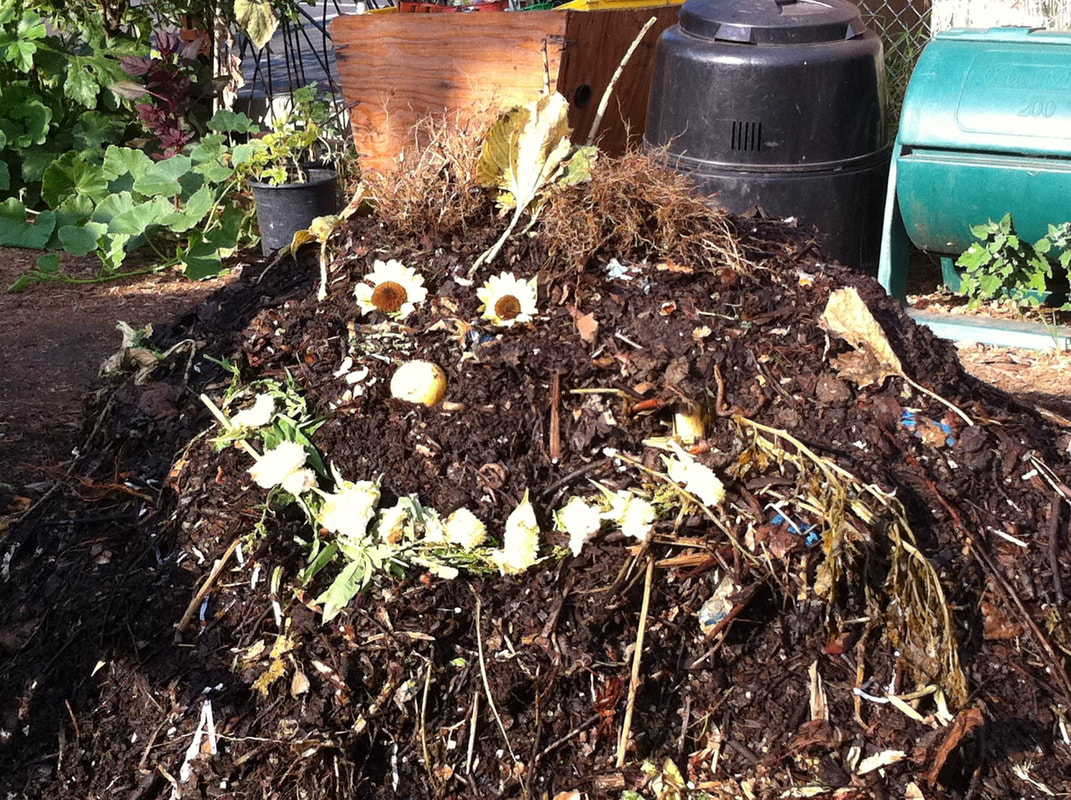
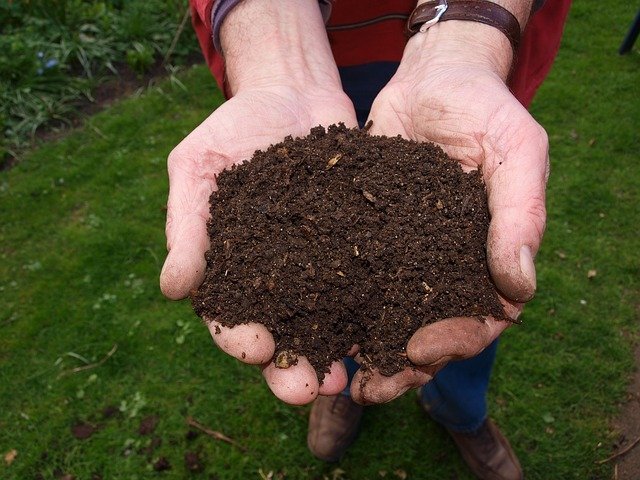
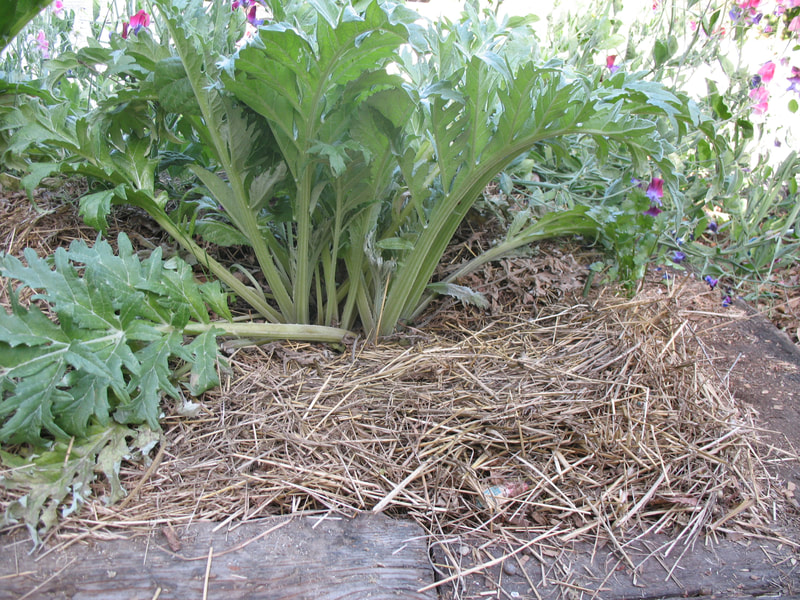
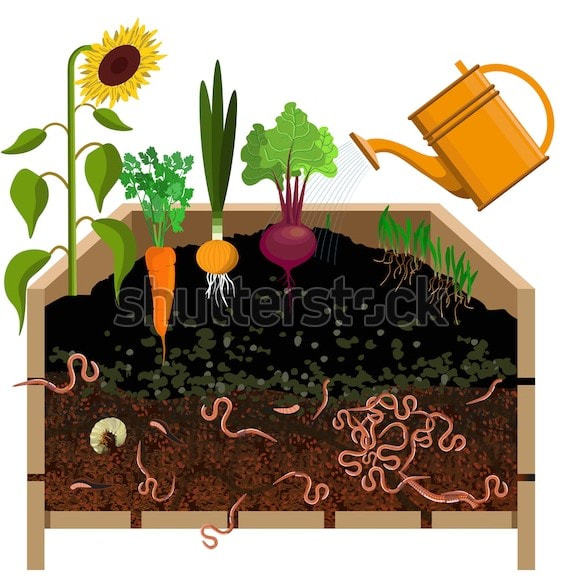
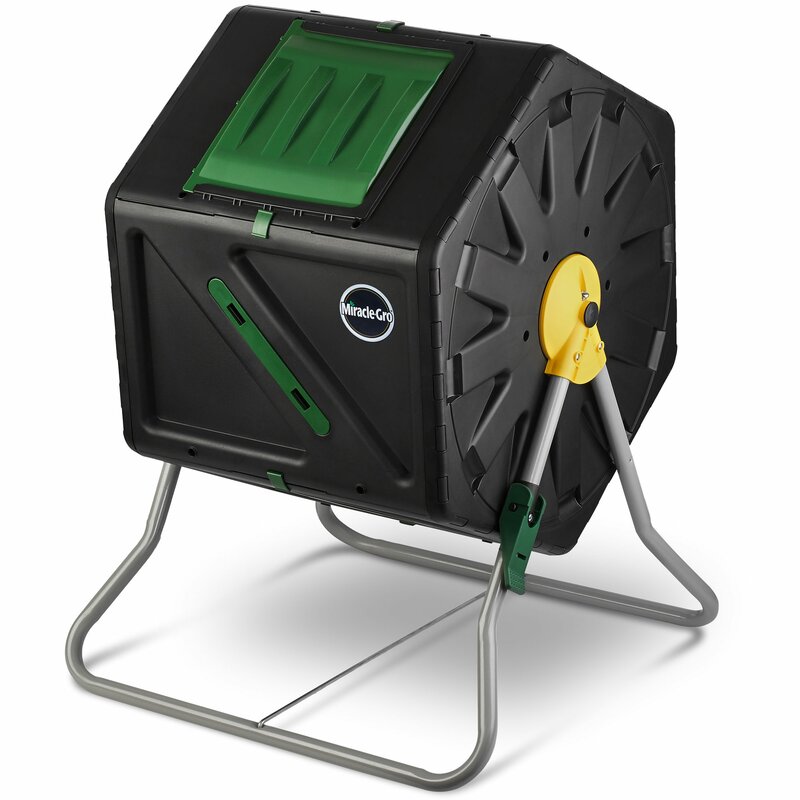
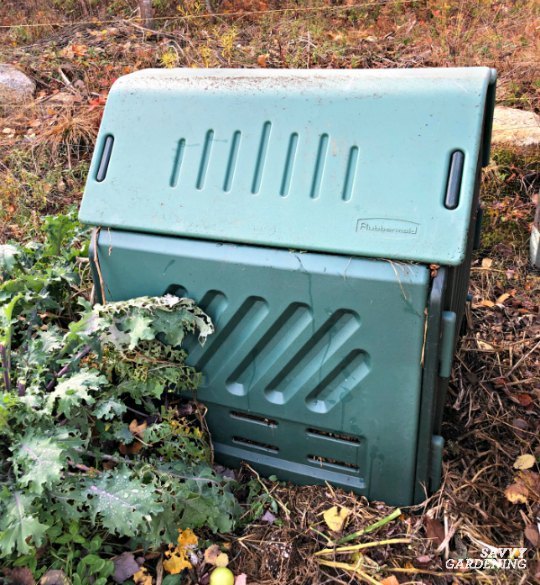
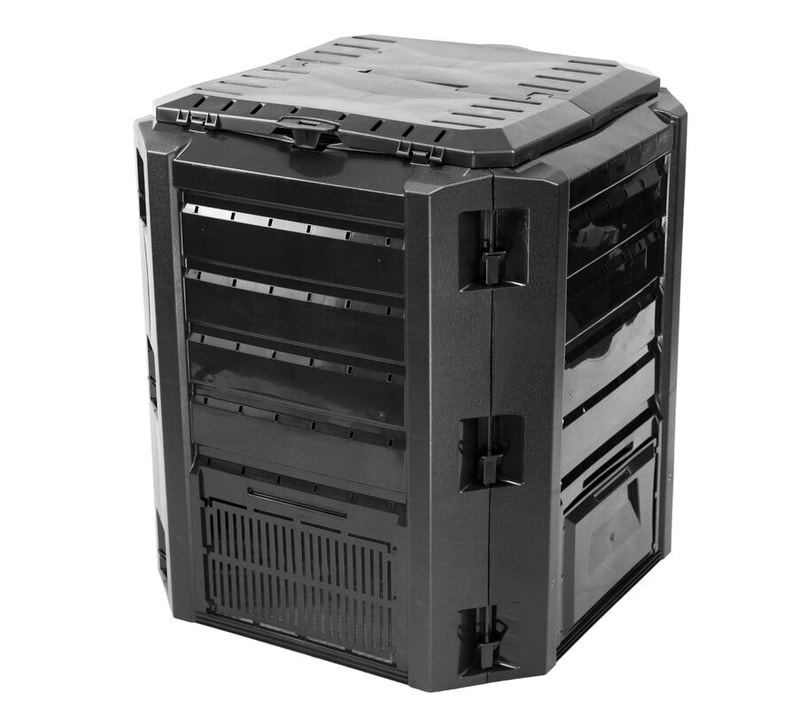
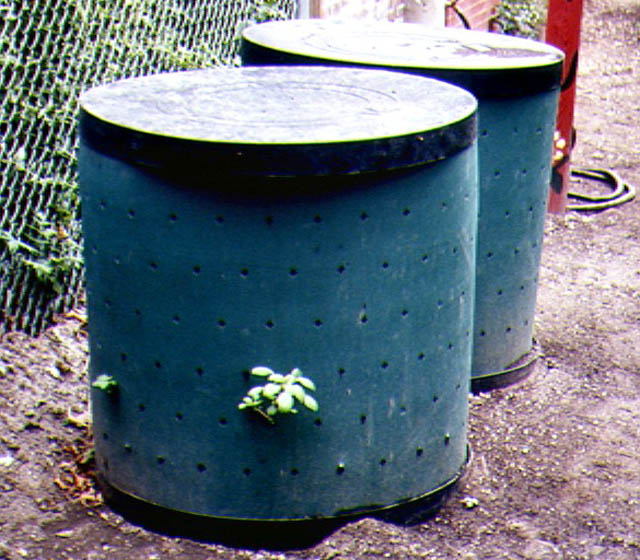
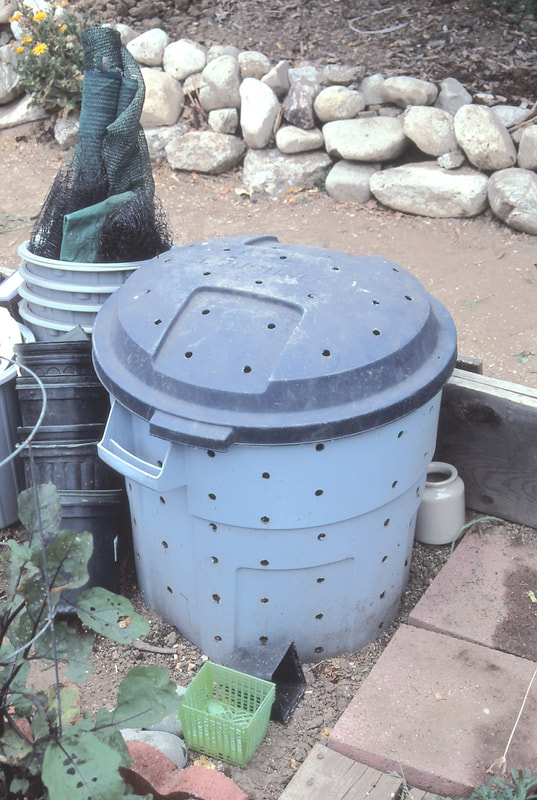
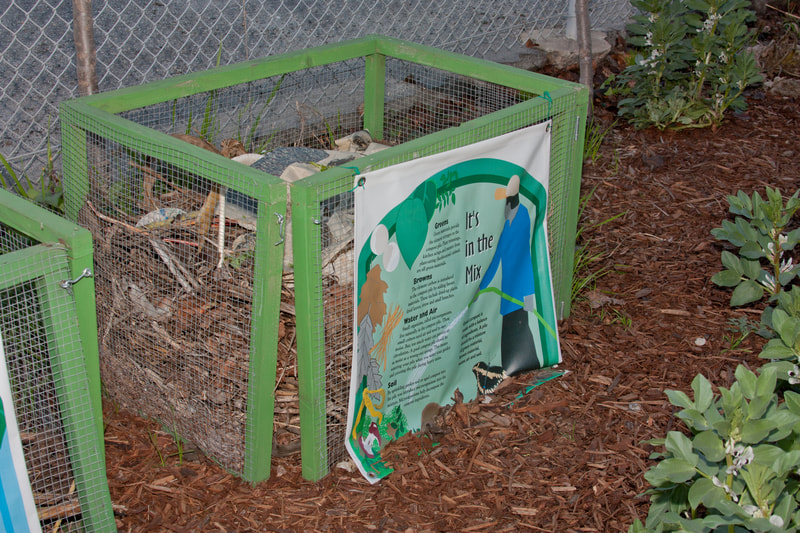
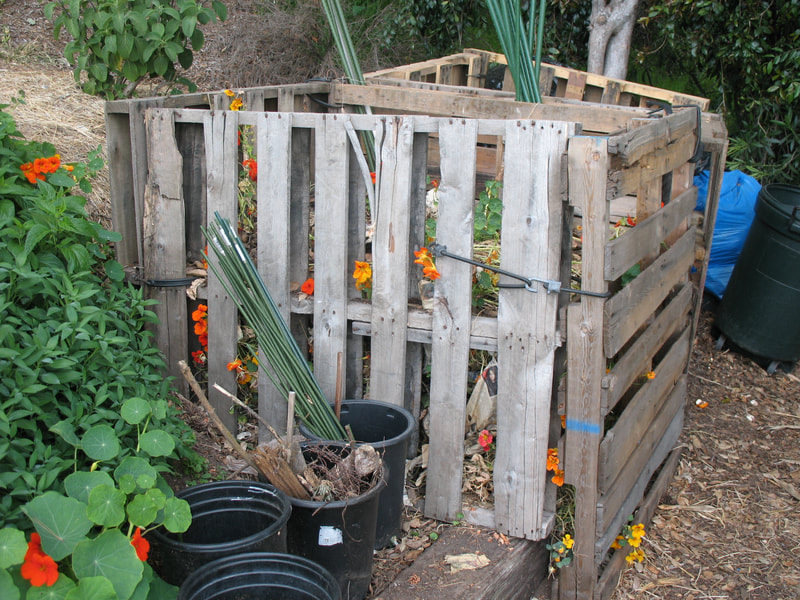
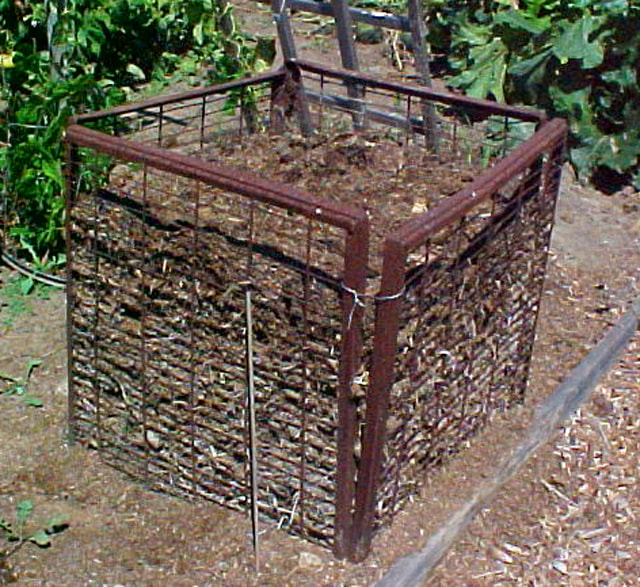
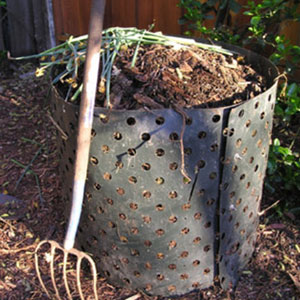
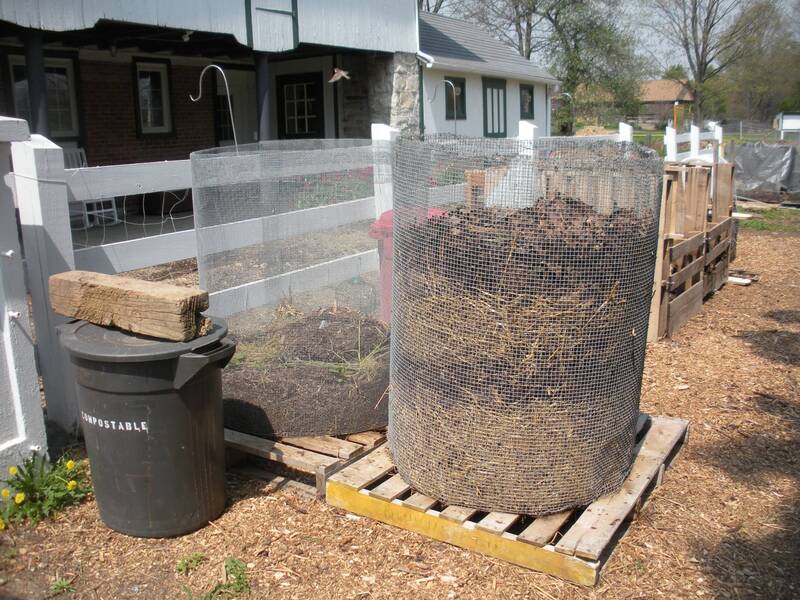
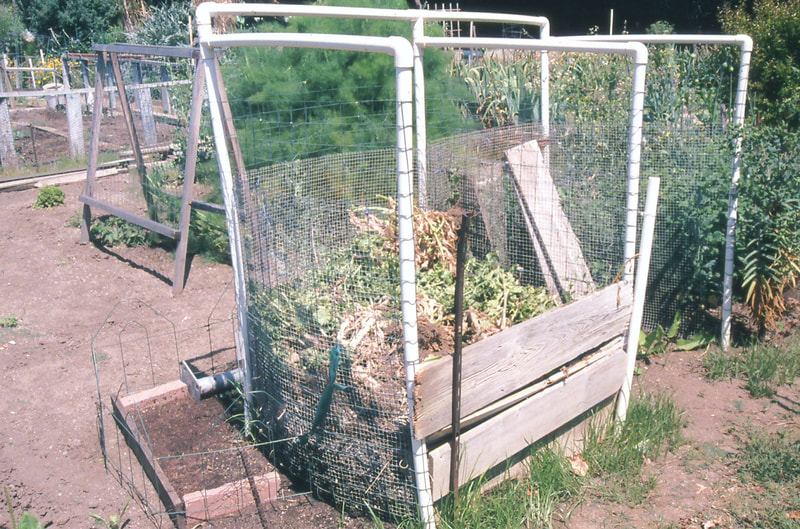
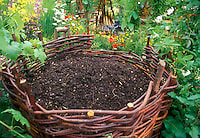
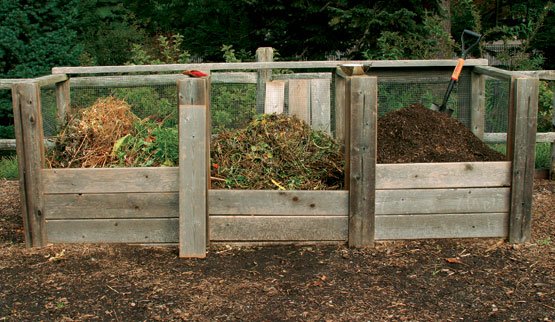
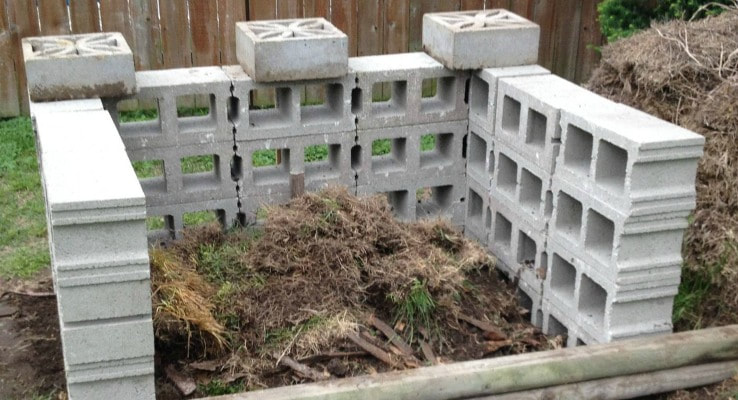
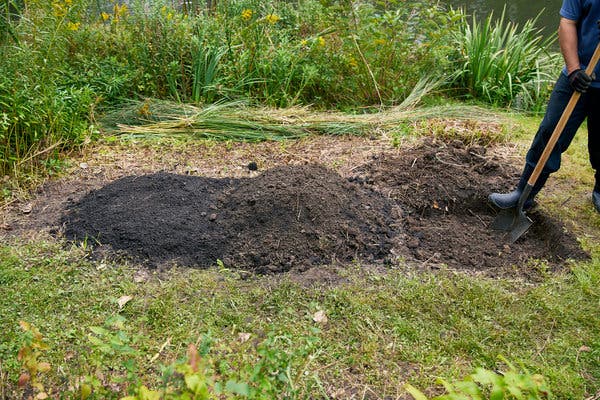
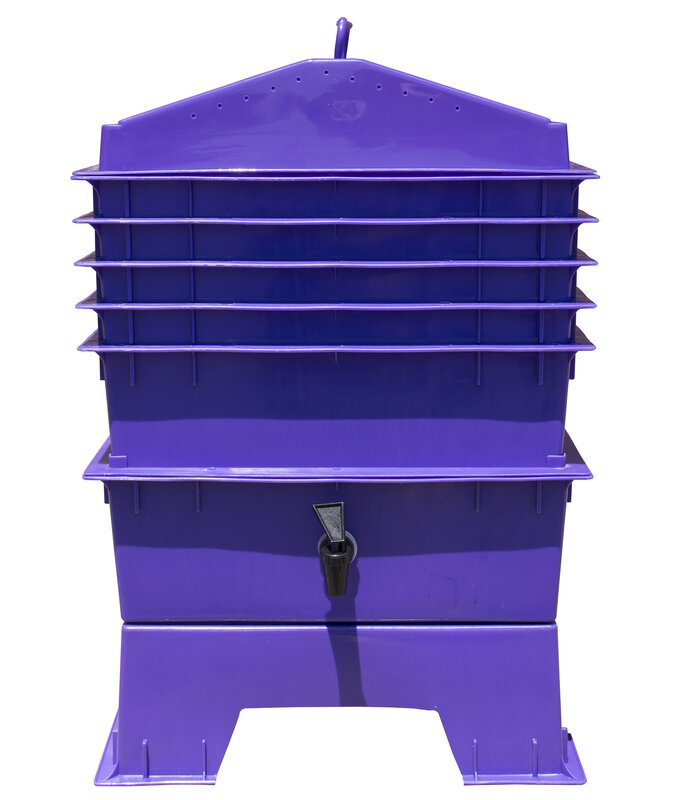
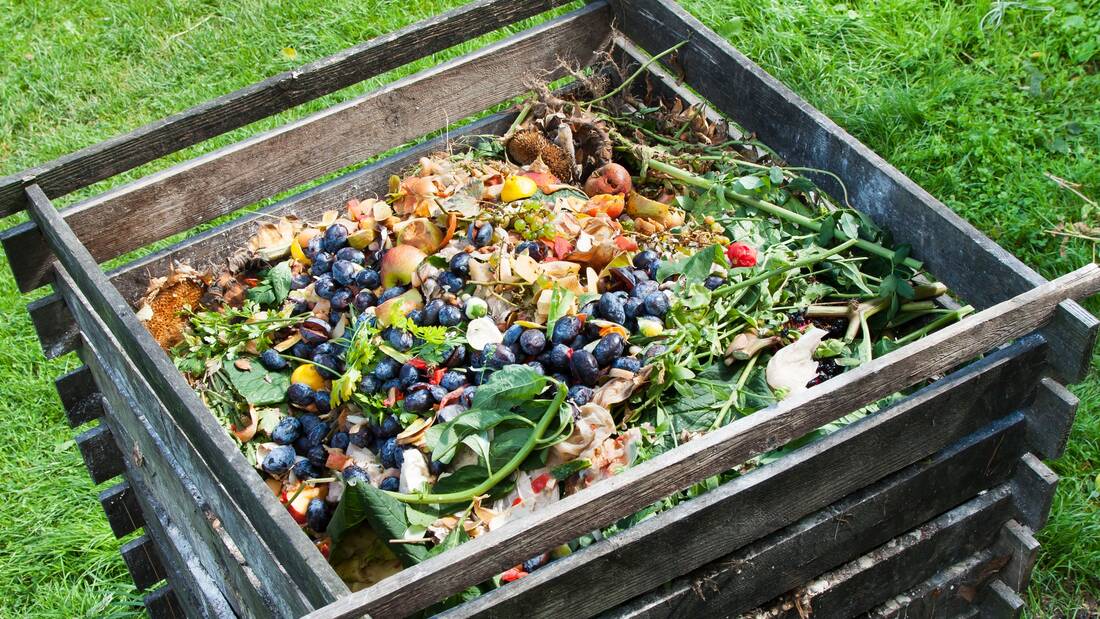
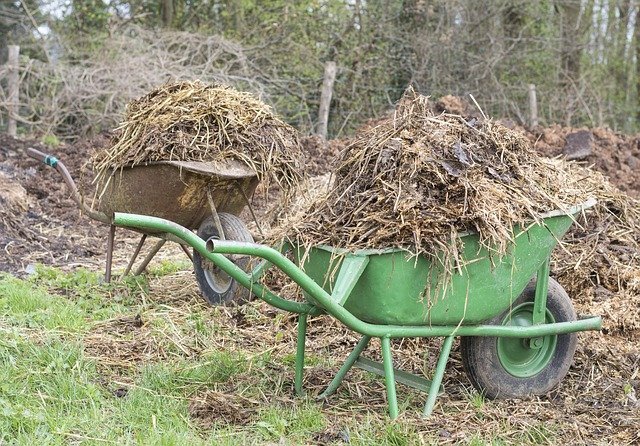
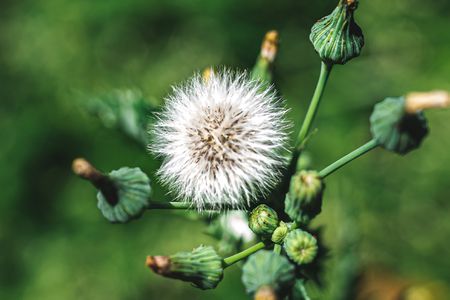
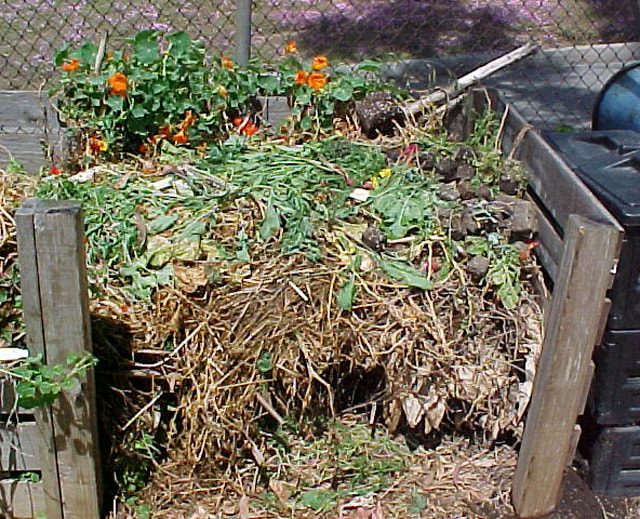
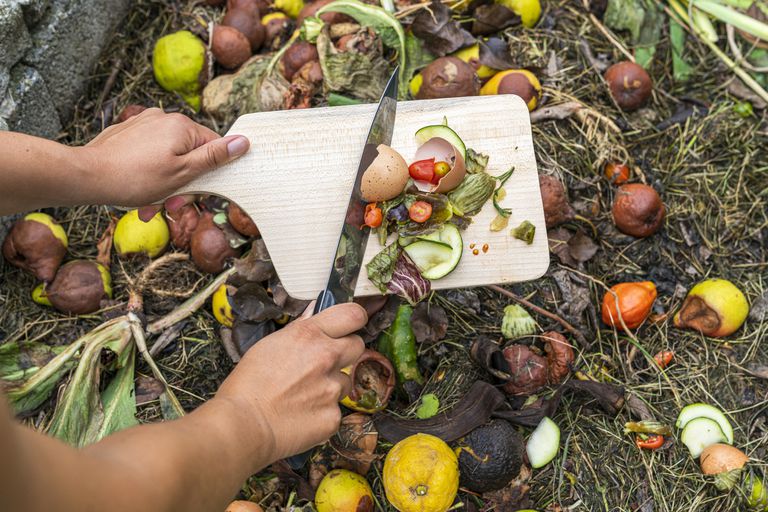
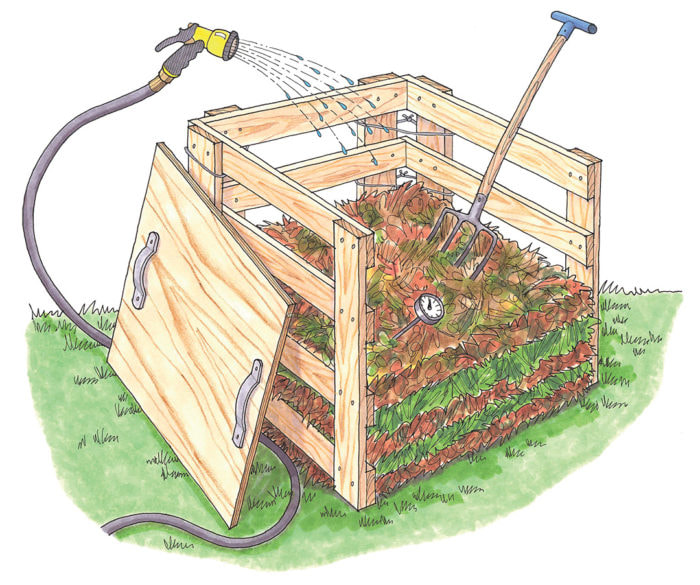
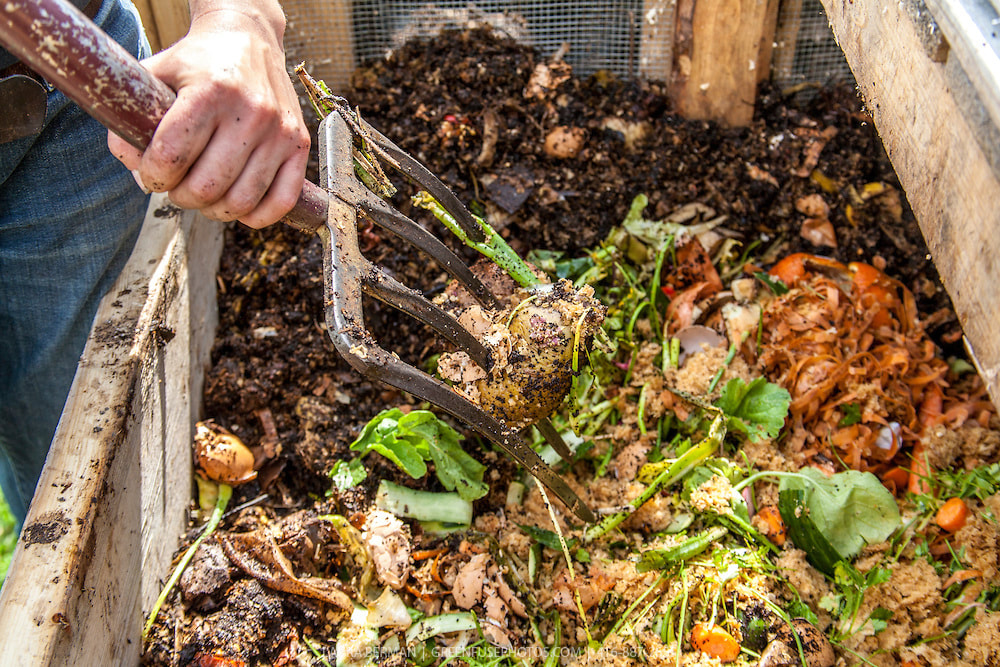
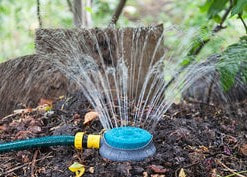
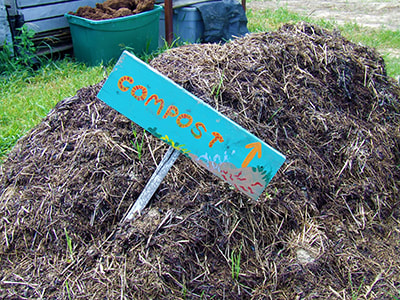
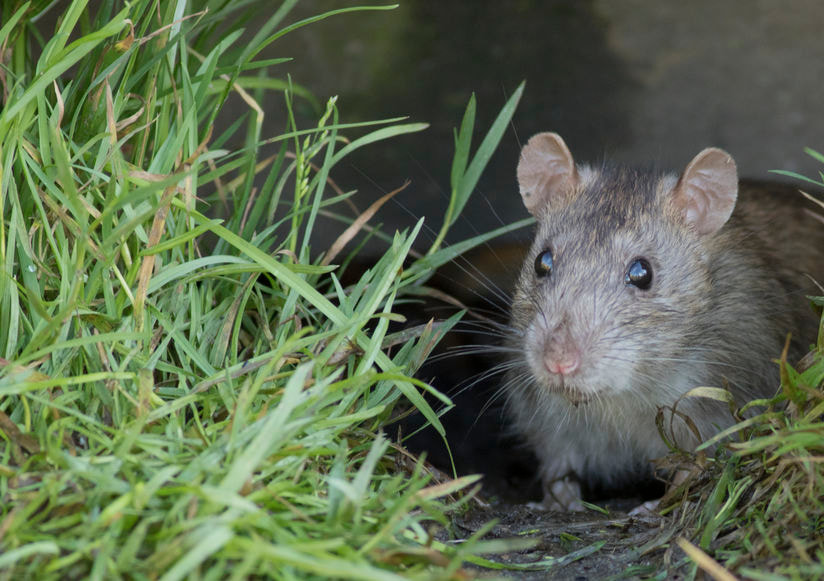
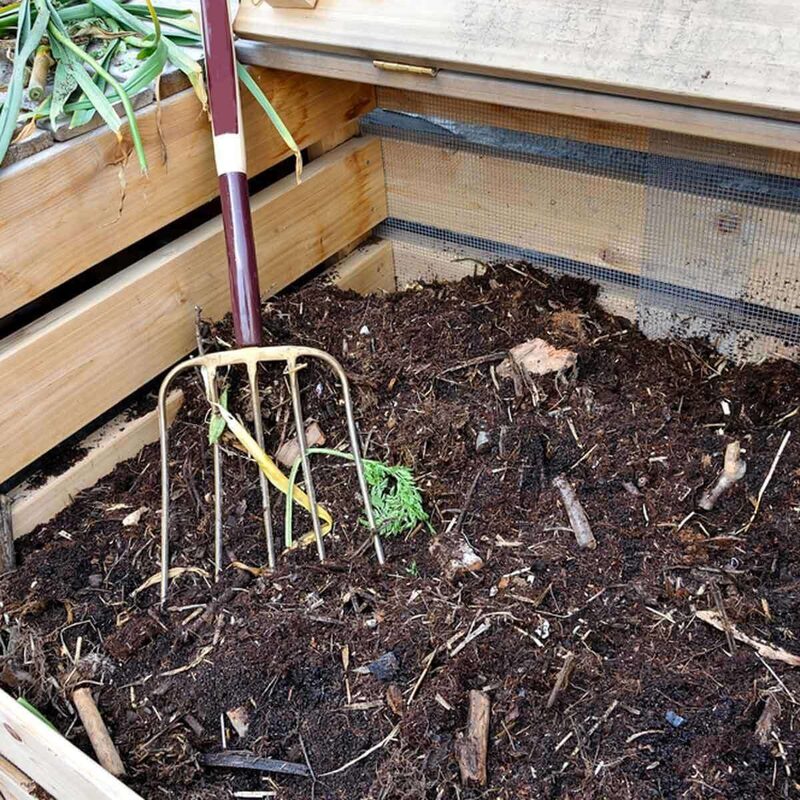
 RSS Feed
RSS Feed